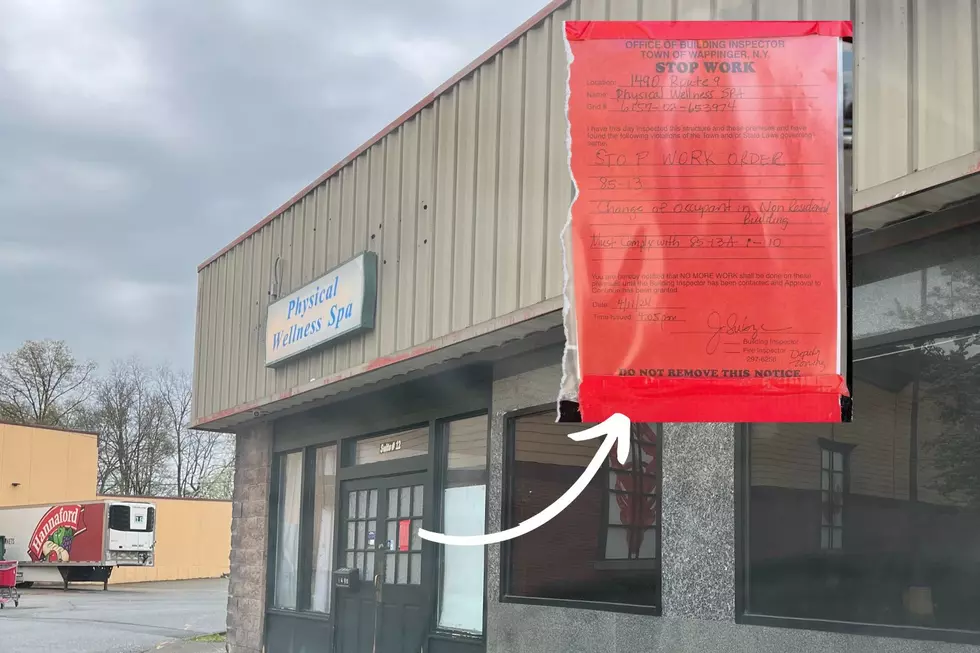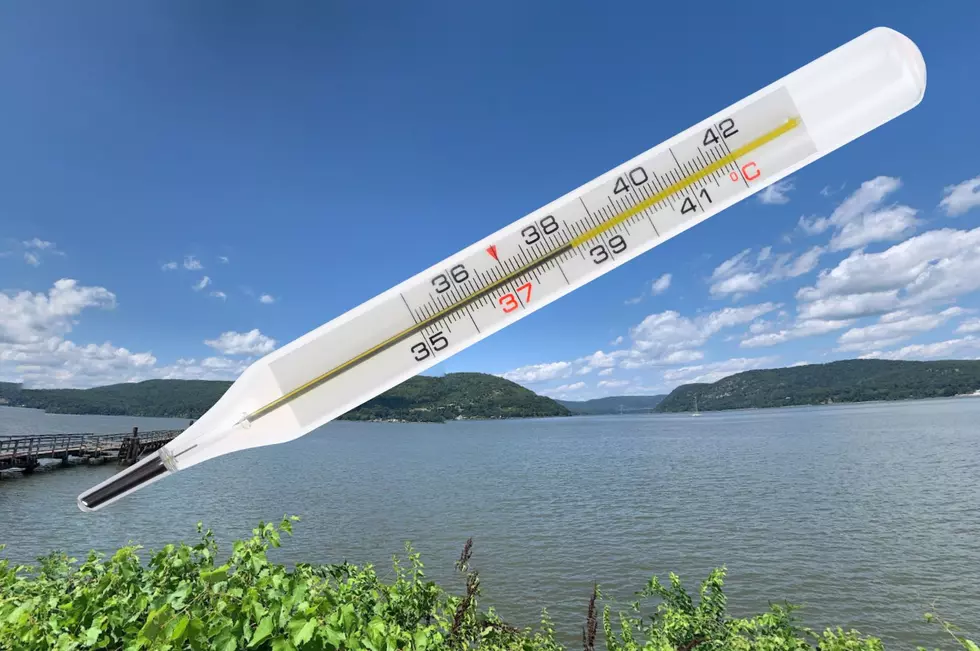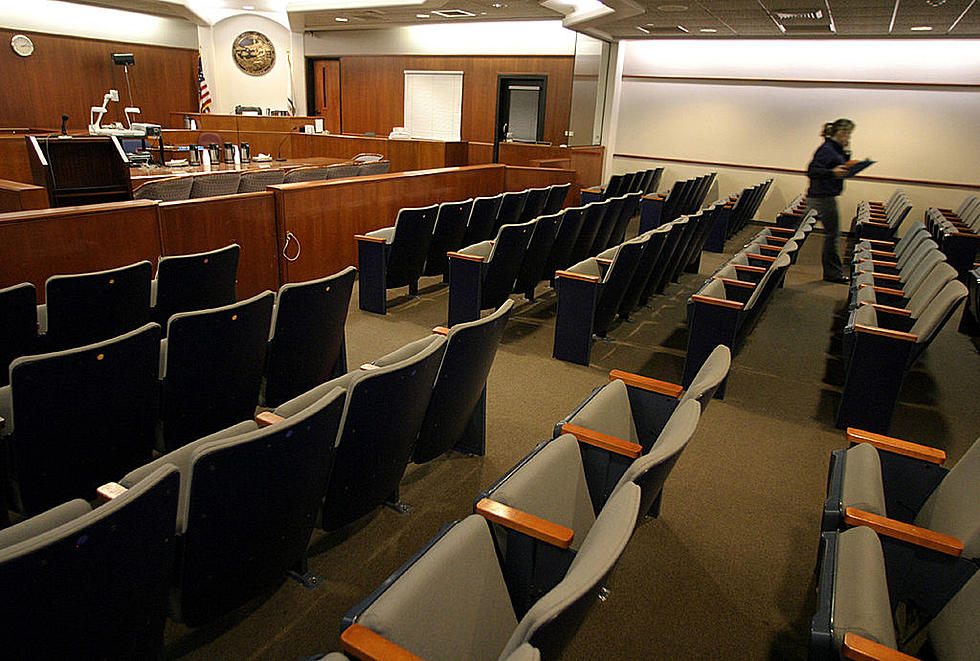
HV Getting a Stunning View for Rare Total Solar Eclipse
Mark your calendars, because in 363 days, the Hudson Valley will be in the (almost) perfect spot to check out a phenomenal total solar eclipse.
Seeing a solar eclipse is rare, and witnessing a total solar eclipse is rarer still. In fact, the last total solar eclipse visible in New York state was nearly 100 years ago in 1925. We're finally less than a year away from the next.
Rare Solar Eclipse Coming to New York State
Eclipses themselves are nearly commonplace; it's the totality of the eclipse that makes the upcoming event so special. While the Hudson Valley will be treated to a partial eclipse this October, the moon will almost entirely block out the sun next April. Here's what it will look like from the Hudson Valley, and where you'll need to drive in New York to see the eclipse in its entirety.
Total Solar Eclipse Near the Hudson Valley, NY
New York's total solar eclipse will be visible on Monday, April 8, 2024. First, the good news: while the Hudson Valley isn't directly in the eclipse's path (below), we can expect roughly 95% of coverage. That means the moon will obscure most of the sun, leaving only a tiny sliver of sunlight poking out from behind. A couple hours north, however, and the eclipse becomes total.
Best Cities in New York to Watch Total Solar Eclipse on April 8th, 2024
Major New York cities that will experience the total solar eclipse include Buffalo, Rochester, and Syracuse, NY. The eclipse will begin to be visible at roughly 2:04 PM. By 3:18 PM, the sun will be completely hidden behind the moon, with maximum darkness at 3:20 PM. The total eclipse will end at 3:22 PM, and the moon will move completely away from the sun at 4:32 PM. Scientists also want to make sure you watch the eclipse safely.

This should really go without saying, but never look directly at the sun, including during a solar eclipse. Even partially blocked, direct sunlight can quickly and easily cause permanent eye damage. Special "eclipse glasses" are required for viewing, and although they are strictly regulated, they are affordable to purchase. Check out partial and total solar eclipses in the US and New York below.
Scenes from the August 21, 2017 Solar Eclipse
Wow! Views of the sunrise solar eclipse in U.S. and world
More From WRRV-WRRB






